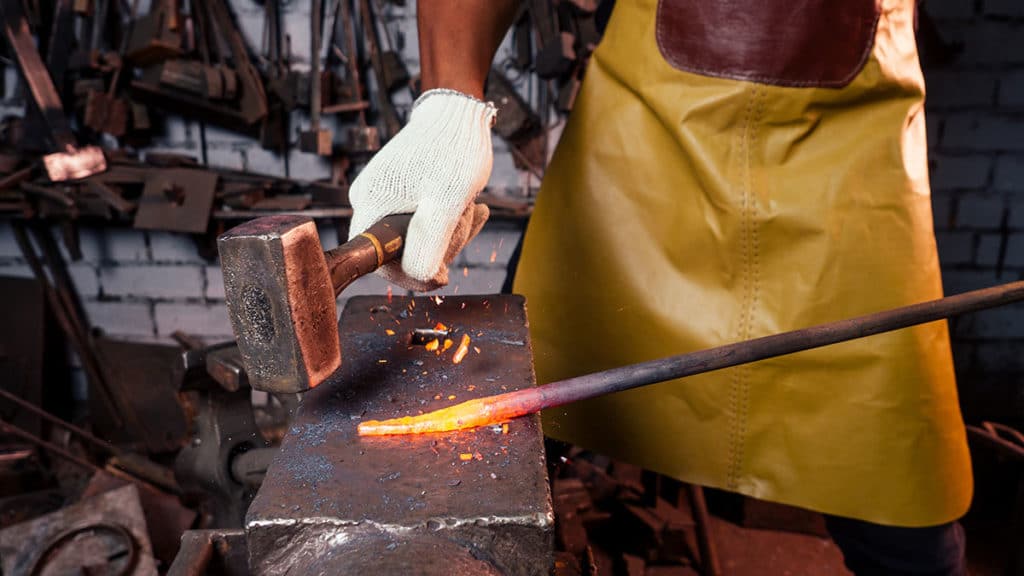Celebrate Ogun, the Cuban Yoruba orisha of metal, technology, drivers and rum on June 29.
Who is Ogun?
[NOTE: These are oral traditions that vary by region, town and even by family. In Cuba, they are a blend of many traditions. This is our own cultural understanding.]
Ogun is the Yoruba orisha of metal, technology, drivers and rum. He is one of the Seven African Powers, and is said to have been the first king of Ife, the Yoruba holy city where the orishas came to Earth.
Ogun is often represented as a bare chested man in a tight hat, who lives alone in the forest, wears a grass skirt, and carries a machete.
Some stories say Ogun is the first orisha to come to Earth to see if it was ready to be populated. That may be why in the Americas, he is often syncretized with Saint Peter, the first among the Christian apostles. Both are owners of the keys to the kingdom of heaven.
Ogun is a hard worker who represents the duality of creation and destruction. He used his machete to clear a path through the forests for the other orishas to follow. So he destroyed the forest, but created a path.
He is one of the warrior orishas, but also has a gentle side. Ogun had some woman trouble for which he banished himself to the forest, but he is always around and willing to help his children when asked. His bitterness was calmed by Ochún, the beautiful young woman orisha.
“Aguanile,” the famous Salsa song from the Fania days, is actually a cleansing prayer to Ogun. Aguanile means clean yourself.
In Haiti, Ogun is called Ogoú Feraille. In Brazilian Candomblé, he is called Ogum (Yoruba tradition) or Gu (Fon tradition), and syncretized with Saint George.
Symbols of Ogun
Ogun is a blacksmith. In his day, ironwork was high technology, so iron is one of Ogun’s symbols.
In the hunt, Ogun is helped by his dog, so a dog and dog barks are among his symbols.
His colors are green and black, so his followers wear alternating green and black bead necklaces.
His numbers are combinations of 3 and 7 which relate him to his brother Elegúa and mother, one of the paths of Yemayá. Ogun reinforces the paths that Elegúa opens.
Ogun’s grass skirt is not a sign of a primitive nature. He wears it for spiritual protection. You may see the same skirt in cultural presentations including Carnival characters.
The dance for Ogun mimics the chopping motion of his machete with dog barks and the clash of metal.
In New York City
This is our own thought, so it may be entirely wrong, but here goes.
In Nigeria, Yoruba New Year is June 3.
Near the start of the year, we celebrate Elegúa, the owner of the roads of destiny on June 13. In New York City, this is the time of the National Puerto Rican Day Parade.
A couple of weeks later, on June 29, we celebrate Ogun. In 2022, the Afro-Latino Festival NYC opens on June 29. So does Brasil Summerfest, though Brazilian traditions celebrate orishas on other days.
Elegúa opens the road, and Ogun keeps it clear with his machete.
Somehow, all of this is related. Aguanile.

